This period building has been a barn, a church and even a printworks - but now it could be your home.
St Hugh’s, in Radstock, dates back to the 18th century, and was originally built as a barn, believed to have been connected to the nearby Co-operative.
At some point in the following century, the building was used by a printworks company, which would have produced textiles or paper products.
In the 1920s, the property was acquired by Downside Abbey, to be used as a Catholic church for the people of the neighbourhood.
The church remained in operation until 2015, when it was shut down and acquired by Bainesbury Holdings, who converted the building into a unique development of homes.
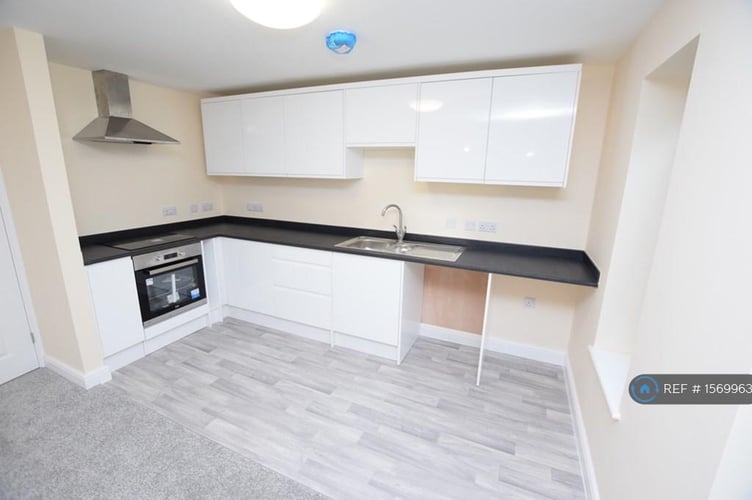
The building is close to the town centre and retains plenty of period features, such as the church’s stained glass window, which is now in the communal area, and arrow slits from the property’s original use as a barn.
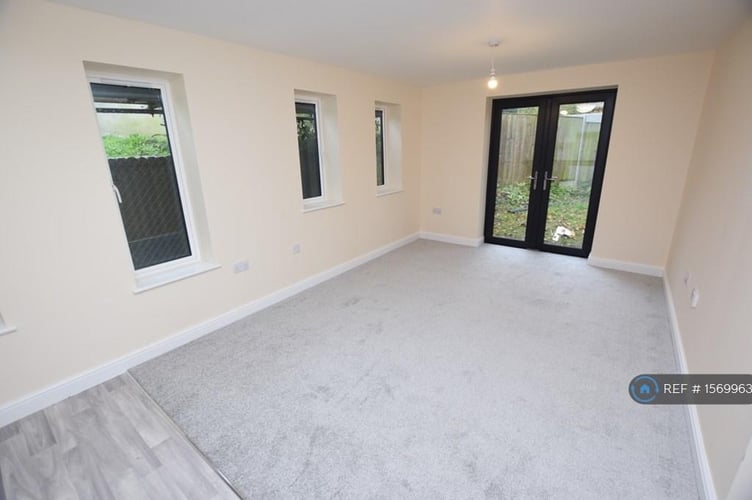
The developers have also created a replica of the original St Hugh statue at the front of the property, to keep the character of the building and allude to its past.
The home is made up of an entrance hall with a video entry system, an open plan sitting room, dining room and kitchen, two bedrooms and a bathroom.
Outside, the apartment has a south-facing garden with a gated entrance, and French doors connected to the open plan living space.
The property is being let directly from Bainesbury Holdings, for a rental price of £1,100 per month.
Clive Allen, director at Bainesbury Holdings, commented: “When we converted the building, the one thing I was really keen to do was to make sure that it continued to look the same outside as the day we bought it.
“We worked very closely with BANES planning, and we’ve tried to retain as much of the history of it as possible.
“We recognise that this is an important building in Radstock’s history, and is in a major arterial area for the town.
“Radstock is becoming more of a commuter area for Bath and Bristol, and the building is quirky with a long history, so we do get a lot of interest.”
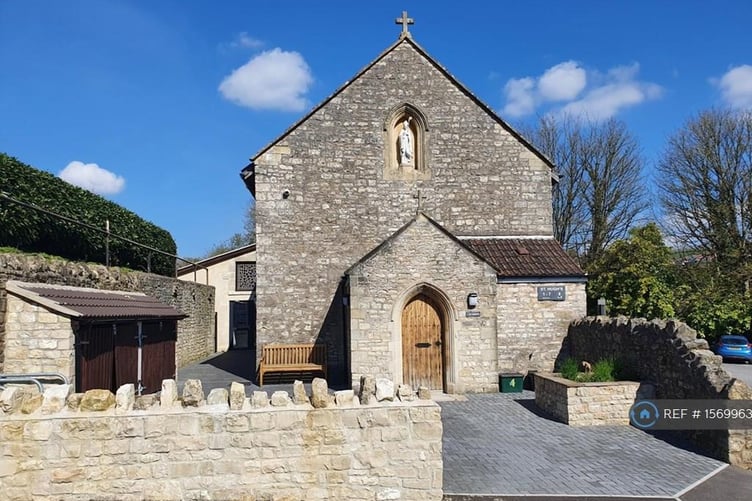
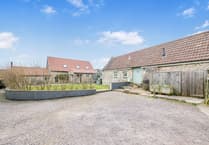

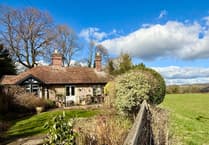
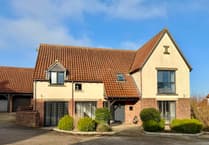
Comments
This article has no comments yet. Be the first to leave a comment.